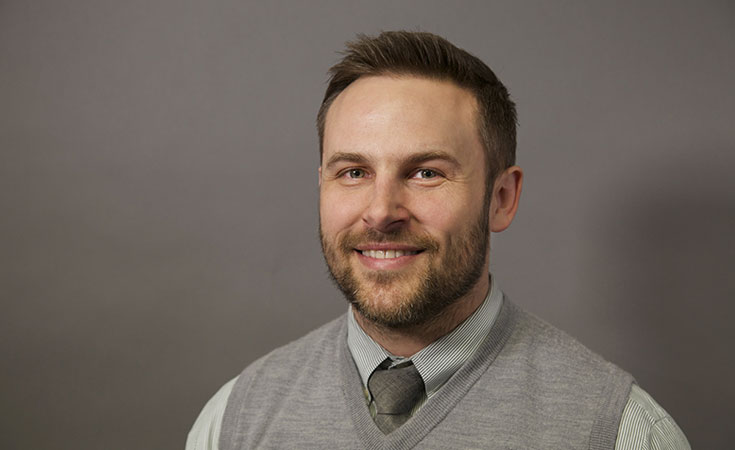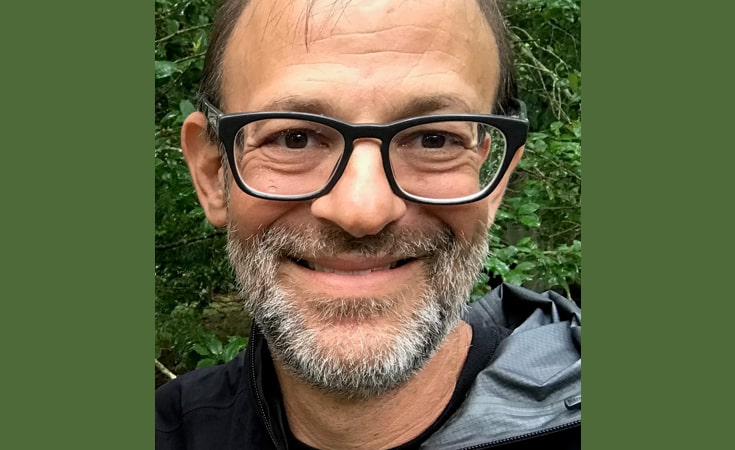Bachelor of Science
Product Design
Why Do You Design?
Is it to help solve problems? Or to improve your community? JWU’s Product Design program will help you understand the need to design with a purpose. You’ll learn to integrate technology and art through design to provide relevant solutions, creating products that meet client’s needs.
As you grow in the field, you’ll start making information-driven decisions to solve world issues or improve your neighborhood and propose the next generation of connected products, high-tech systems, and user experiences.
You’ll incorporate research, analysis, systems thinking, collaboration, and design thinking into your creative process that will be applied across industries, materials and software tools.
Then, you’ll move to a series of increasingly complex studio labs, where you’ll work on real-world problems with various clients from the Providence area. It’s the perfect way to learn firsthand about user behavior, goals, motivations, and needs. In your final year, develop an independent design investigation and explore an area of interest that will set you apart as a design professional.
Making a Difference
To Associate Professor Jonathan Harris, making a difference to improve the community where he lives matters. As an industrial designer, he sees possibilities where others might only see problems. In this video, Harris discusses his collaboration the Horsley Witten Group on a project to reuse the Crook Point Bascule Bridge in Providence’s Fox Point neighborhood.
“That’s one of the most important things to keep in mind. ‘What is it that the customer wants the design to be?’ And ‘how does my design solve a problem?’”ALI ALJASSAS '17
Product Design prepares students to create new products and services. In the past, products were physical objects and students studied industrial design to build their understanding of materials and manufacturing processes. Today, new products typically incorporate physical and digital components and often integrate into broader product ecosystems (think app store). Integrated product design prepares students to work in a variety of fields designing these types of products.
In our core design studios, you’ll develop your own projects often working on real-life problems and working with stakeholders outside the classroom. Alongside these classes, you’ll build out your technical skillsets learning industry standard CAD software, basic material science, principles of ergonomics and system design. You’ll be able to focus on individual areas of interest culminating in a project of your own proposal.
So many areas of interest can be a good match for Product Design. From art, design, engineering or anything that has to do with systems, to social psychology and behavior economics. If you want to make the world a better place, and you like to make stuff and understand how things work or why the system/object operates, this program is a good match for you.
No particular subjects are absolutely necessary, but you should be comfortable with uncertainty. If you like to make things, are naturally curious and aren’t afraid of hard work, you’re likely to do well in this program.
Product Design students come from all different backgrounds and bring a wide variety of skillsets to the table. Because there are so many different ways to approach a design problem, we do not have a single “type” of successful student. The most successful designers (as students and professionals) are those that really care about making life better for their users and have a high tolerance for failure (great designs never work the first time). Also, these students are driven to improve themselves and their process, looking for extra opportunities and experiences.
No, but there is a ton of overlap. Both disciplines rely on understanding end users and a having the commitment to deliver a great experience for them. Additionally, you will learn graphic design basics in order to improve your presentation skills, and will have opportunities to work in design teams with graphic designers.
Most likely, but we are defining that extremely broadly. If you are working on an engineering team developing schematics for a submarine you are designing a product. If you are launching your own restaurant and designing the experience guests have, you are designing a product. This is the idea of integrated product design; the actual product does not have to be a discrete physical object.
Apple, Google, Uber, Facebook, Reebok, Ideo, IBM, Amazon, E Ink, Electric Boat, Raytheon, Ximedica, Hasbro, Fidelity, CVS. Any company that cares about differentiating their user’s experiences is hiring product/experience designers.
- Experience Design
- Human Factors
- Internet of Things
- Design Value Index
- Human Machine Interface
- Additive Manufacturing
- User Persona
We collaborate across the university, including interdisciplinary work with JWU’s College of Business, College of Food Innovation & Technology, College of Engineering & Design, and the Occupational Therapy doctoral program. And we are always expanding the list.
Yes! That is the core of the design approach we teach. Here is a 3-step summary:
- You’ll learn to study people to understand their needs.
- You’ll develop and test prototypes to meet those needs.
- And you’ll converge on product requirements and product concept based on that testing.
Yes, constantly! In a variety of materials using a variety of tools.
Featured Faculty

Associate Professor
Zesk’s research and professional practice straddle the border between design and engineering, with a primary focus on using emerging technologies to develop parametric product systems.

Jonathan Harris
Assistant Professor Jonathan Harris teaches the process, management and tools of design at JWU’s Providence Campus.
Sample Courses
- Design Theory and Practice
- Vector-Based Design
- Introduction to 3D Design
- Parametric Modeling
- Emerging Design Technologies
- System Design
- Capstone Project
Explore the full JWU Catalog course listing:
In addition to classes, free elective credit can be applied to a number of options like Directed Experiential Education (DEE), internship, minor or study abroad. You are encouraged to contact an advisor before scheduling free elective credits.
Purpose-Driven Design
“At JWU, we are 100% focused on design from the standpoint of human experience,” explains Associate Professor Walter Zesk. In this video, he and Associate Professor Jonathan Harris outline how JWU’s Product Design program can help you understand the need for designing with a purpose.
We don’t teach sustainability per se because it can’t be separated from product design. It’s embedded in every concept we create.ASSOCIATE PROFESSOR JONATHAN HARRIS
